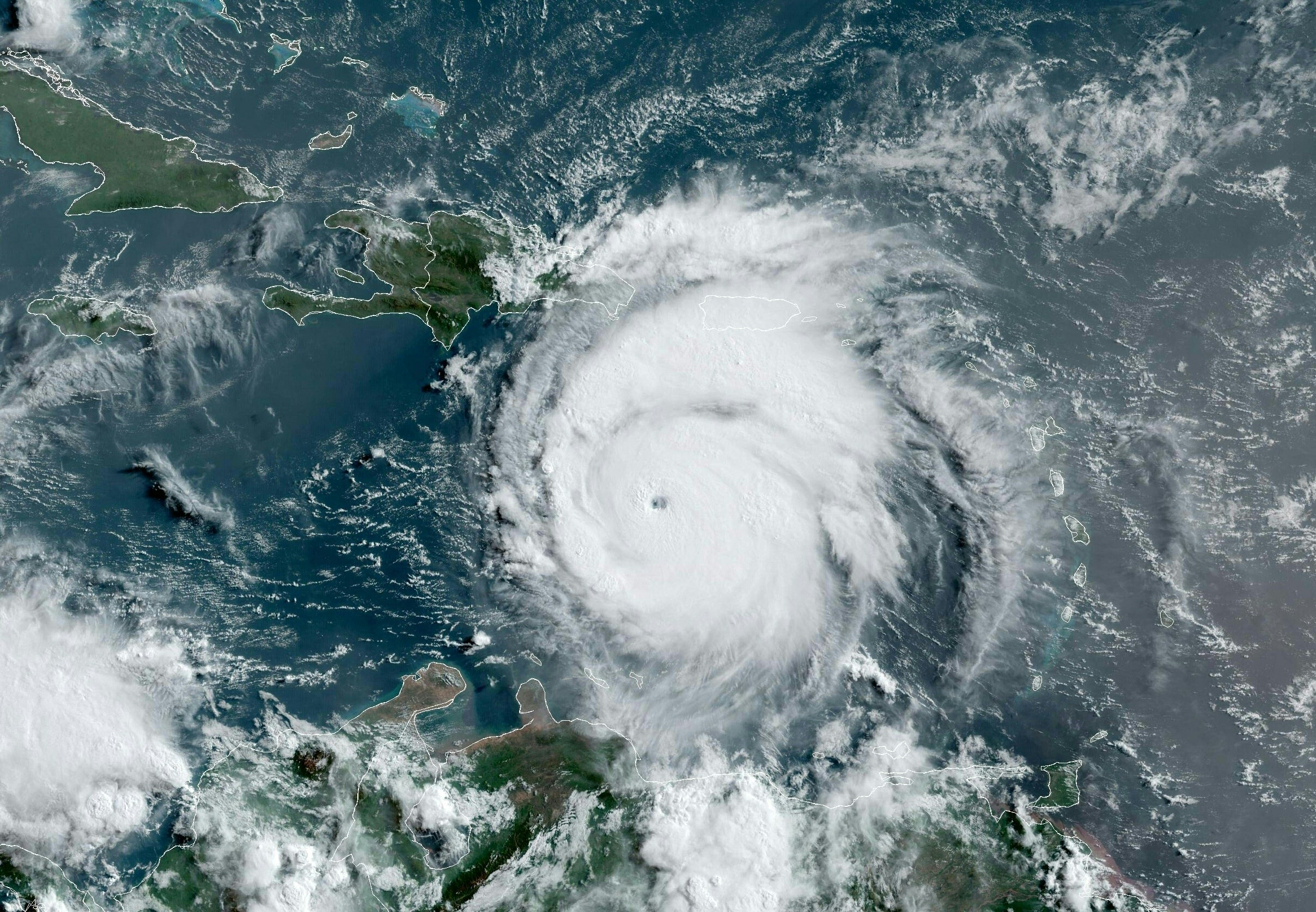Hurricane Beryl’s Impact on Jamaica: Hurricane Beryl Jamaica

Hurricane beryl jamaica – Hurricane Beryl, a Category 1 hurricane, made landfall in Jamaica on July 5, 2023, bringing with it strong winds, heavy rainfall, and flooding. The hurricane caused widespread damage across the island, particularly in the eastern and central parishes.
Hurricane Beryl, a formidable force, left its mark on Jamaica, bringing torrential rains and strong winds. Yet, amidst the devastation, a beacon of hope emerged in the form of Jamaal Bowman , a local politician who tirelessly worked to provide aid and support to those affected.
As the storm subsided, the resilience of the Jamaican people shone through, aided by the unwavering efforts of individuals like Bowman.
Geographic Impact
The areas most affected by Hurricane Beryl were the eastern parishes of Portland, St. Thomas, and St. Mary, as well as the central parishes of St. Ann, Trelawny, and St. Catherine. These areas experienced the highest wind speeds and rainfall, resulting in significant damage to infrastructure, homes, and businesses.
Economic Impact
The economic impact of Hurricane Beryl on Jamaica is still being assessed, but it is expected to be significant. The hurricane caused damage to roads, bridges, and other infrastructure, disrupting transportation and commerce. The tourism industry, a major economic driver for Jamaica, was also severely impacted, as many hotels and resorts were forced to close due to damage or flooding.
Response to Hurricane Beryl in Jamaica
:quality(70)/cloudfront-us-east-1.images.arcpublishing.com/cmg/CB5MUEKBJ6IEHPUMMMZ7DZGBTM.jpg)
In the aftermath of Hurricane Beryl, the Jamaican government, with the assistance of international aid organizations, swiftly implemented a comprehensive response plan to address the immediate needs of the affected communities and mitigate the impact of the storm.
Evacuation Plans and Emergency Shelters
As the hurricane approached, the government issued mandatory evacuation orders for vulnerable coastal areas. Evacuation centers were established in schools, community centers, and other public buildings, providing shelter and basic amenities to those displaced from their homes.
Distribution of Aid
The government mobilized its resources to distribute essential supplies, including food, water, and medical aid, to the affected areas. Relief packages were distributed to families who had lost their homes or livelihoods.
International Aid Organizations, Hurricane beryl jamaica
International aid organizations played a crucial role in providing assistance to Jamaica. The United Nations, the Red Cross, and other humanitarian organizations provided emergency supplies, medical assistance, and support for reconstruction efforts.
Challenges Faced
Despite the government’s swift response, Jamaica faced several challenges in responding to Hurricane Beryl, including:
- Lack of Resources: Jamaica’s limited financial and logistical resources made it difficult to meet the immediate needs of the affected population.
- Infrastructure Damage: The hurricane caused widespread damage to infrastructure, including roads, bridges, and power lines, hindering the distribution of aid and access to essential services.
- Geographical Constraints: Jamaica’s mountainous terrain and narrow roads posed logistical challenges for reaching isolated communities and delivering aid.
Lessons Learned from Hurricane Beryl

Hurricane Beryl’s impact on Jamaica highlighted several crucial lessons that can inform future disaster preparedness and response efforts.
One significant lesson is the urgent need to improve early warning systems. Accurate and timely warnings allow communities to take necessary precautions and evacuate to safety. Investing in advanced forecasting technologies and communication infrastructure is essential for ensuring that warnings reach the affected population promptly.
Disaster Preparedness Measures
Hurricane Beryl also underscored the importance of comprehensive disaster preparedness measures. Communities must have access to emergency supplies, evacuation plans, and designated shelters to minimize the impact of hurricanes.
Resilient Infrastructure
Investing in resilient infrastructure is another crucial lesson learned from Hurricane Beryl. Buildings, bridges, and other critical infrastructure should be designed and constructed to withstand the force of hurricanes. This can help prevent damage, loss of life, and economic disruption.
Disaster Management Plans
The effectiveness of Jamaica’s disaster management plans was put to the test during Hurricane Beryl. While some aspects of the response were successful, there were also areas for improvement.
- Coordination between different agencies and organizations involved in disaster management needs to be strengthened.
- Communication with the public during emergencies should be improved to ensure that accurate and up-to-date information is disseminated.
- Evacuation procedures and shelter management need to be reviewed and revised to ensure that they are efficient and effective.
The relentless winds of Hurricane Beryl lashed at the shores of Jamaica, leaving a trail of destruction in its wake. Yet, amidst the turmoil, the indomitable spirit of the Jamaican people shone through. Like the legendary NASCAR driver Ned Jarrett , who triumphed over adversity on the racetrack, the Jamaicans refused to be defeated.
With resilience and determination, they rebuilt their shattered homes and communities, proving that even in the face of nature’s fury, hope and perseverance would always prevail.